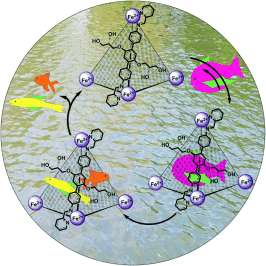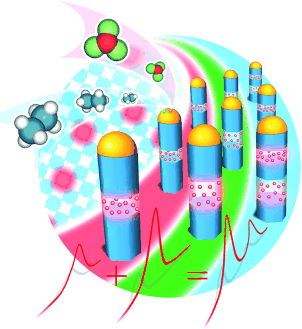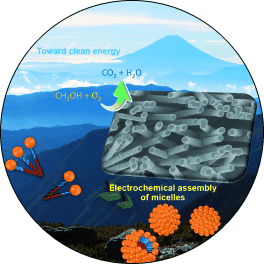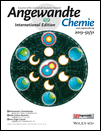Cover Picture: Hole–Shell Microparticles from Controllably Evolved Double Emulsions (Angew. Chem. Int. Ed. 31/2013)
Graphical Abstract
Hole–shell microparticles with controllable structures and flexible internal surfaces have been fabricated from controllably evolved water/oil/water emulsions, as described by L.-Y. Chu et al. in their Communication on page 8084 ff. These microparticles could be used as microcontainers for controlled capture/release and as microreactors for confined reactions.

Hole–shell microparticles with controllable structures and flexible internal surfaces have been fabricated from controllably evolved water/oil/water emulsions, as described by L.-Y. Chu et al. in their Communication on page 8084 ff. These microparticles could be used as microcontainers for controlled capture/release and as microreactors for confined reactions.
Host–Guest Catalysis
A water-soluble [Fe4L6] capsule catalyzes the hydrolysis of the neurotoxic organophosphate dichlorvos. J. R. Nitschke and co-workers show in their Communication on page 7958 ff. that dichlorvos is hydrolyzed in the capsule and the water soluble products released from it.1

Surface Plasmon Resonances
In their Communication on page 8079 ff., M. A Filler and L.-W. Chou report the synthesis of silicon nanowires containing multiple, axially registered, doped regions, which are investigated by infrared spectroscopy.1

Electrocatalysis
In their Communication on page 8050 ff. Y. Yamauchi et al. report self-supported platinum nanorods that are prepared by electrochemical assembly of platinum-containing micelles in the pores of a polycarbonate membrane.1





